Mike Ford to speak at Watkins Museum about project to preserve culture of Munsee Tribe in Kansas – The Lawrence Times
Continue reading


Mike Ford to speak at Watkins Museum about project to preserve culture of Munsee Tribe in Kansas – The Lawrence Times
Continue reading
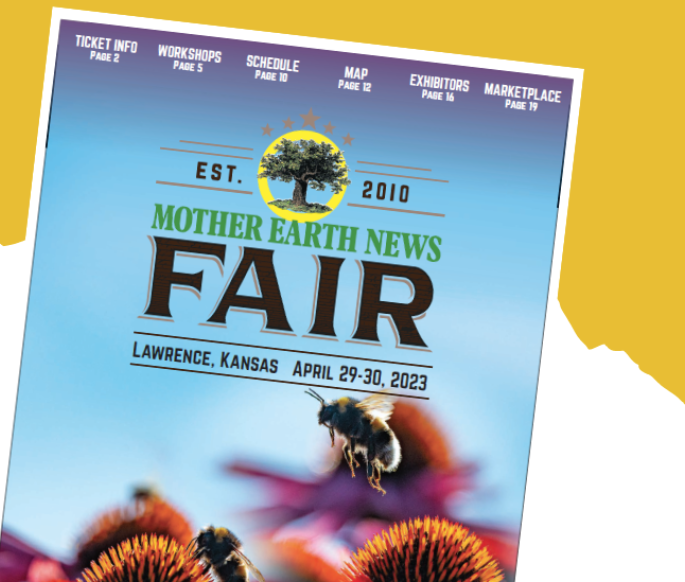

photo by: Mother Earth News
The Mother Earth News Fair will be 9 a.m.-6 p.m. Saturday, April, 29, and 9 a.m.-5 p.m. Sunday, April 30, at the Douglas County Fairgrounds.
FRIDAY
• Rain or shine, April’s Final Friday art walk happens Friday evening. Exhibits and events include:
Outdoor art market, 4:30-7:30 p.m., with a group show from 6 to 9 p.m., Art Emergency, 721 E. Ninth St.
A unique look at familiar local landmarks at “ANNECREDIBLE Drawings of Lawrence” by Anne Patterson; also a pop-up jewelry event by Kansas City artist Manda Wylde; music from Alonzo Beardshear from 6-9 p.m. at Phoenix Gallery, 825 Massachusetts St.
“Lost and Found: Paintings by Jon Sloan: and music from Matthew Mulnix and Martin Farrell Jr., 5-9 p.m., Lucia Beer Garden + Grill, 1016 Massachusetts St.
Walt Ohnesorge’s artwork and other works by Indigenous artists, 6-9 p.m., Art Love Collective, 646 Vermont St.
Fally Afani’s “Community Faces in Special Places,” Lawrence Visitors Center, 812 Massachusetts St.
“Transferred Inspiration” highlighting art from the teen curatorial collective Hang12. Visitors may also see the annual art exhibit of Lawrence school district students. Lawrence Arts Center, 940 New Hampshire St. (open until 9 p.m.)
Shawn Brackbill’s “American Lustre: Images from Music and Life” with music by Sweeping Promises and food truck by JB’s Tacos, 5-9 p.m., Cider Gallery, 810 Pennsylvania St.
Sugarfoot Detour Final Fridays Outdoor Concert Series, 7 p.m., 901 Pennsylvania St.
• Mike Ford, director of the “We Are Munsee” cultural preservation project, will speak on “The Munsee Tribe in Kansas,” 7-8 p.m., Watkins Museum of History, 1047 Massachusetts St. Visitors may also see “From Then to Now: A Student History of Haskell Indian Nations University,” on exhibit through August on the second floor of the museum.
•…
Linguistics Effort Leads to Opening of Algonquian Library “); jQuery.each(this.attributes, function () { if (this.name == ‘data-iframe’ || this.name == ‘data-‘) return; iframe.attr(this.name.replace(/^data-/, ”), this.value); }); jQuery(iframe).insertAfter(jQuery(this)); jQuery(this).remove(); }); AI_responsive_widget(); }, 50); }); jQuery(window).resize(function () { AI_responsive_widget(); }); } ]]>
Continue reading
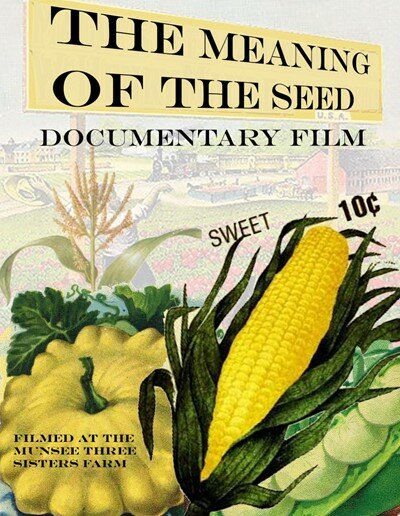
Join the Acme Screening Room, 25 S. Union St., Lambertville, N.J., for an Earth Day presentation at 6:30 p.m. Friday, of the documentary “The Meaning of the Seed.”
The Ramapough today are instituting their own programs geared at restoring Indigenous environmental knowledge through activities such as waterway community paddles, Munsee language classes, and other elements of a cultural restoration program. An important site for this undertaking is the Munsee Three Sisters Medicinal Farm in Sussex County, N.J., founded in May 2020.
In September 2020 a documentary crew filmed a talking circle of Ramapough elders, relations, and partners at the Munsee Three Sisters Medicinal Farm. The resulting documentary, “The Meaning of the Seed,” is structured along the layers of the landscape.
The first section, “Soil,” describes the history of contamination in Ringwood and the contaminated ground that many Native Americans live on or nearby. “Seed” recounts the struggles of the Ramapough and their cultural connections to the land.
“Growth” chronicles the cultural restoration program and efforts to work toward food sovereignty through their recently inaugurated Munsee Three Sisters Medicinal Farm in Newton, N.J. Finally, “Sunlight” is a call to action, as the talking circle participants urge a younger generation to become involved.
A post screening discussion will follow the film with Vincent Mann, Turtle Clan Chief of the Ramapough Lenape Nation, Michaeline Picaro, a member of the Turtle Clan and professor Anita Bakshi,…
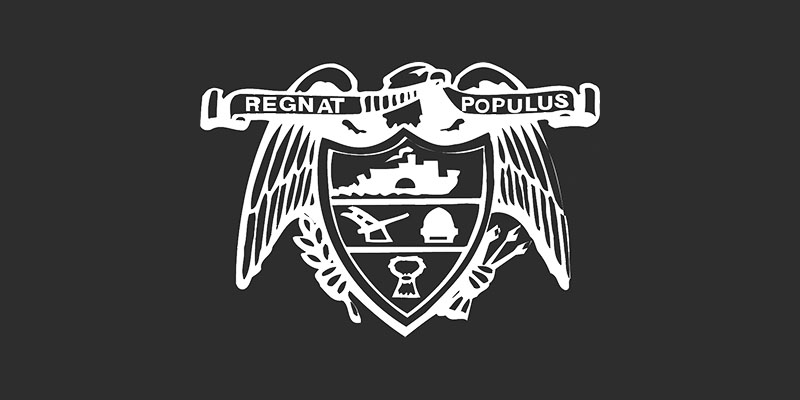
Our nightly visitors for the past year have been possums. Excuse me — opossums.
Possums without the “o” are phalangeriformes. (I know, it’s hard to pronounce.) They are arboreal marsupials and are native to Australia, New Zealand, New Guinea, Tasmania and the Solomon Islands. They might be related to kangaroos.
It’s opossums (with the “o”) who live in North and South America. They’re part of the Didelphimorphia (another funny word) order of marsupials. The Virginia Opossum is the only opossum group found in the United States and Canada, although they also extend south to Central America.
The name “opossum” seems to have originated from the Proto-Algonquian native American tribe. The original word (something like “wa-pa-themwa”) could mean “white dog” or “dog-like beast.” Early American colonists described them as “head like a swine, tail like a rat, and the bigness of a cat.”
Somehow wa-pa-themwa morphed into opossum but many folks simply call them “possum.”
There are approximately 103 kinds of opossums in the world, ranging from the pygmy opossum to the domestic cat-sized Virginia Opossum.
As the old Santa Fe Trail ran from Missouri through Kansas to New Mexico, our property seems to be in the path of the Old Opossum Trail. Where it starts and ends, I don’t know, but those critters like our cat food!
The “dog-like-beast” I trapped early this morning was the 13th opossum we caught, and today is Friday. Therefore, I’ve named it “Friday, the 13th.”
Opossums prefer wooded areas and many live in hollow trees or stumps. But they’ll accept abandoned dens of other animals, rock crevices and wood piles. And since humans have invaded the forests, opossums have adapted to living under houses and sheds. Homeowners consider them pests as they often cause damage to property, lawns and gardens.
They may grow as…
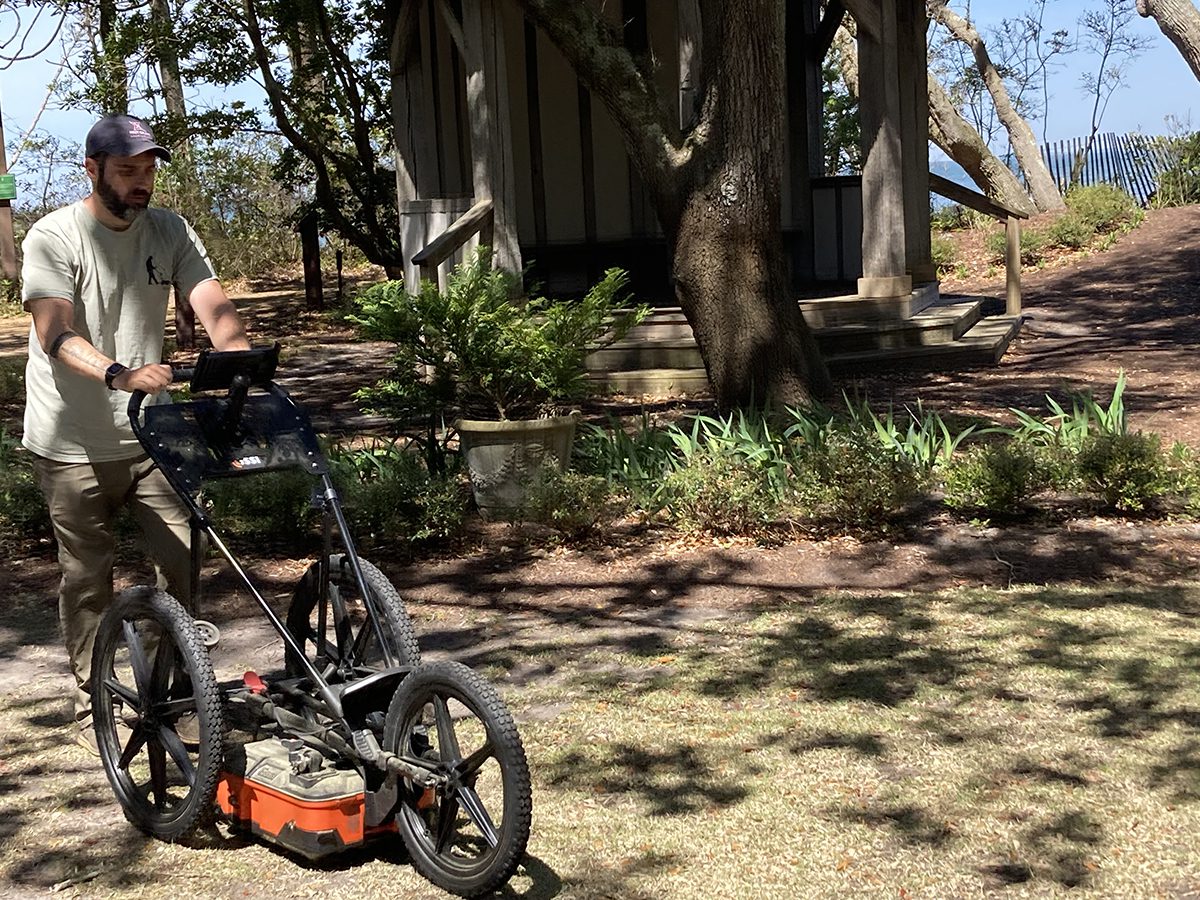
 Robert Chartrand of Chartrand Geoarchaeological Solutions of Williamsburg, Virginia, uses GPS technology to survey an area of the Elizabethan Gardens that archaeologists believe could potentially contain artifacts from the Algonquian village of Roanoac, whose members interacted with English explorers in 1584. Photo: Catherine Kozak
Robert Chartrand of Chartrand Geoarchaeological Solutions of Williamsburg, Virginia, uses GPS technology to survey an area of the Elizabethan Gardens that archaeologists believe could potentially contain artifacts from the Algonquian village of Roanoac, whose members interacted with English explorers in 1584. Photo: Catherine Kozak
ROANOKE ISLAND — At first take, it was as dull as watching someone mow a lawn. But the man pushing an odd, three-wheeled cart back and forth over an open, grassy area at the Elizabethan Gardens on Wednesday could help archaeologists find one of the most significant locations in Colonial American history: the place where Native Americans had their first contact with the English.
“He’s looking for anomalies below 9 feet,” explained Eric Klingelhofer, a veteran archaeologist and founding member of the nonprofit First Colony Foundation, who was observing nearby.
Robert Chartrand, owner of Chartrand Geoarchaeological Solutions of Williamsburg, Virginia, was using GPS technology to survey about a fifth of an acre within the gardens that archaeologists believe could potentially contain artifacts from the Algonquian village of Roanoac, whose members interacted with English explorers in 1584.
Klingelhofer, one of the foundation’s vice presidents for research, said that reexamination of a previous 1953 exploration done by National Park Service archaeologist Jean C. Harrington indicated that there may be more to find.
During a dig that year at the Elizabethan Gardens, which is owned by the Roanoke Island Historical Association and is supported as a subsidiary of the Garden Club of North Carolina Inc., Harrington had…
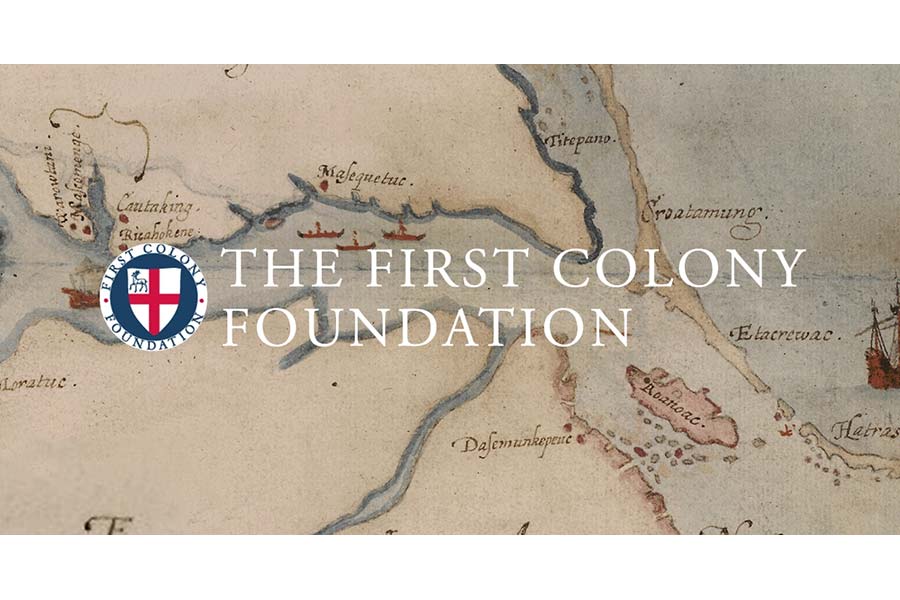
By Submitted Story on April 11, 2023

 This information was released by the First Colony Foundation on April 11.
This information was released by the First Colony Foundation on April 11.
Ground penetrating radar tests at Roanoke Island’s Elizabethan Gardens may soon reveal the location of an Algonquian village, where local natives entertained the first English explorers to America’s shores in 1584, a spokesman for First Colony Foundation said. Results are expected by May.
The expanded survey, to begin this week, will again be conducted on behalf of First Colony by Chartrand Geoarchaeological Solutions of Williamsburg, VA., which conducted initial ground tests at the Gardens site in January. The goal is to locate evidence for the as yet undiscovered Algonquian village of Roanoac. When completed, the electronic survey will create three-dimensional views of the site, buried beneath at least six feet of sand dune.
“Roanoke is such a place of mystery,” says Eric Klingelhofer, one of FCF’s Vice Presidents for Research. “So much has already been lost to the sands of time, which is why finding the site of this Algonquian village will be an important step forward in in understanding America’s beginnings so long ago.”
Captains Phillip Amadas and Arthur Barlow visited the village during their 1584 reconnaissance mission, aimed at establishing the first English settlement in America. The explorers described the village as consisting of “of nine houses, built of cedar, and fortified round with sharp trees,” as protection against their enemies.
“The Elizabethan Gardens is a memorial to the Lost Colonists and will forever be a part of that mystery,” says Theresa Armendarez, the Gardens’ executive director. “To find artifacts from that time in America’s early history would be an exciting addition to our unique history.”
RIHA historian lebame houston adds: “First Colony Foundation’s research and discoveries have brought us a giant…
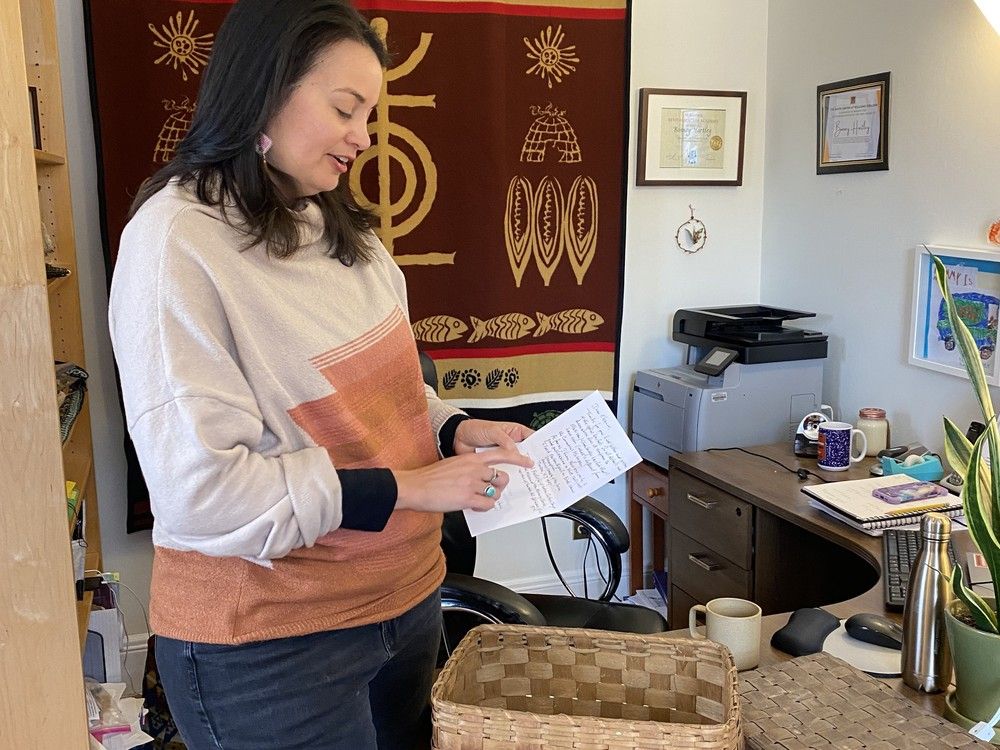
Author of the article:
M. Eleanor McGrath • Standard-Freeholder community editorial board
Published Apr 07, 2023 • 6 minute read
 Stockbridge-Munsee Tribe’s tribal historic preservation manager Bonnie Hartley reads text that was provided with a traditional Mohican basket returned to the community in April 2023, in Stockbridge-Munsee Band Mohican Nation. M. Eleanor McGrath/Special to the Cornwall Standard-Freeholder/Postmedia Network Photo by M. Eleanor McGrath /M. Eleanor McGrath/Special to the Standard-Freeholder
Stockbridge-Munsee Tribe’s tribal historic preservation manager Bonnie Hartley reads text that was provided with a traditional Mohican basket returned to the community in April 2023, in Stockbridge-Munsee Band Mohican Nation. M. Eleanor McGrath/Special to the Cornwall Standard-Freeholder/Postmedia Network Photo by M. Eleanor McGrath /M. Eleanor McGrath/Special to the Standard-Freeholder
A significant retraction and repatriation happened in the Vatican this 2023 Easter season.
This advertisement has not loaded yet, but your article continues below.
Starting with the historical agreement by the Vatican to return, to its rightful owners Greece, three 2,500-year-old Parthenon marble sculpture fragments. And then, what might be interpreted as Pope Francis’ acknowledgement and extension of his first visit to Canada and specific intention to offer an apology to First Nations, Inuit and Metis in 2022, was the Vatican’s formal repudiation of the Doctrine of Discovery on March 30.
The statement released on March 30th by the Vatican states in point No. 5, “It is in the context of listening to indigenous peoples that the Church has heard the importance of addressing the concept referred to as the ‘doctrine of discovery.’”
Further on, in point No. 6: “The ‘doctrine of discovery’ is not part of the teaching of the Catholic church. Furthermore, Pope Francis has urged, ‘Never again can…
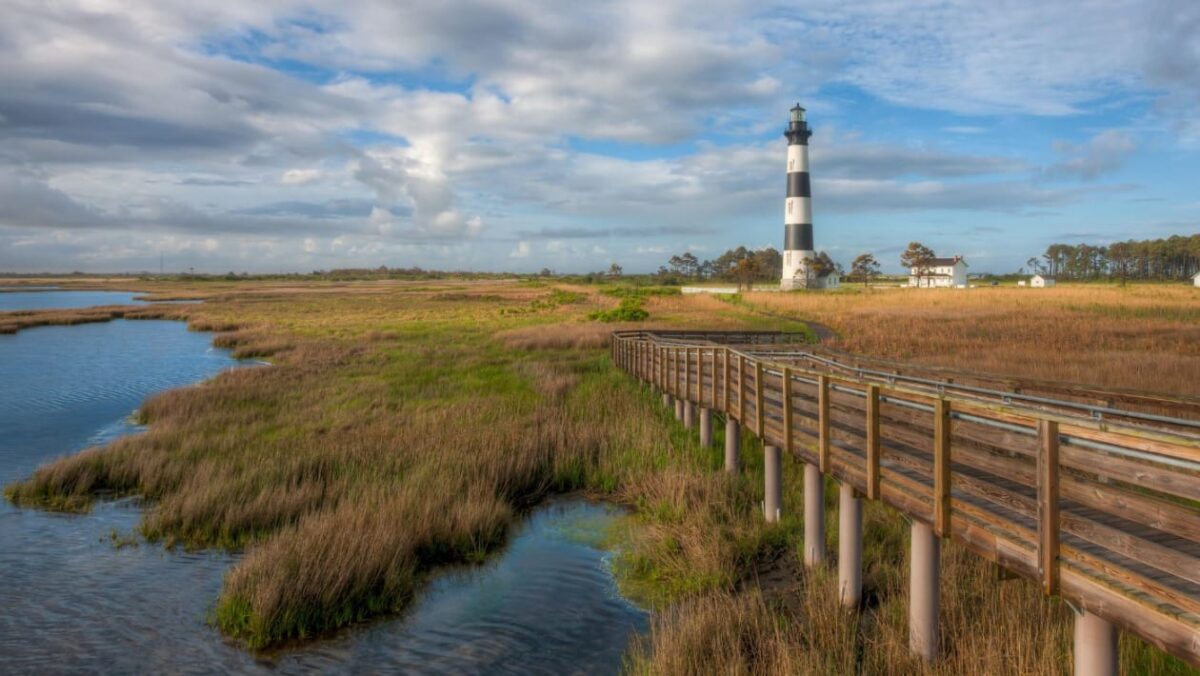
A “fragile chain” of barrier islands that shadows the mainland coast of North Carolina for 200 miles, the Outer Banks are well-known in the US for their “sandy, windswept beauty” and rich folklore. And yet they still feel “quiet” and “remote”, says Jacqui Agate in The Daily Telegraph – and make for a wonderful escape from the pressures of modern life. Algonquian-speaking tribes had lived here for 1,000 years when, in 1587, the English established a colony on Roanoke Island – their first in the New World – that later mysteriously vanished. The islands became a playground of the pirate Edward Teach – better known as Blackbeard – and in 1903, the Wright brothers achieved the first controlled, powered flight here.
In the south, the Cape Hatteras National Seashore stretches for 70 miles, its national park status prohibiting development. There are no “tacky souvenir shops” – just miles of woodland, golden beaches and “grass-flecked” dunes. At the park’s southern tip lies Ocracoke, where Blackbeard was slain by Lieutenant Robert Maynard and his crew in 1718, his severed head “hung on Maynard’s bowsprit as a grotesque trophy”. In Ocracoke Village, tree-lined Howard Street is named for the Howard family, descendants of the pirate’s quartermaster. Today, they run Village Craftsmen, “a charming shop filled with curios” made by local artisans. Heading north, you might stop at the Wright Brothers National Memorial, where there’s an interesting museum. Drawn here from Ohio partly by the islands’ steady wind, the brothers then fell in love with the area.
The land where the Lost Colony of 1587 stood is now the Fort Raleigh National Historic Site, and another small museum. Still further north, development has “boomed”, but even here there are “postcard sights”, not least the wild horses of Currituck County, most likely the descendants of working horses that escaped from…
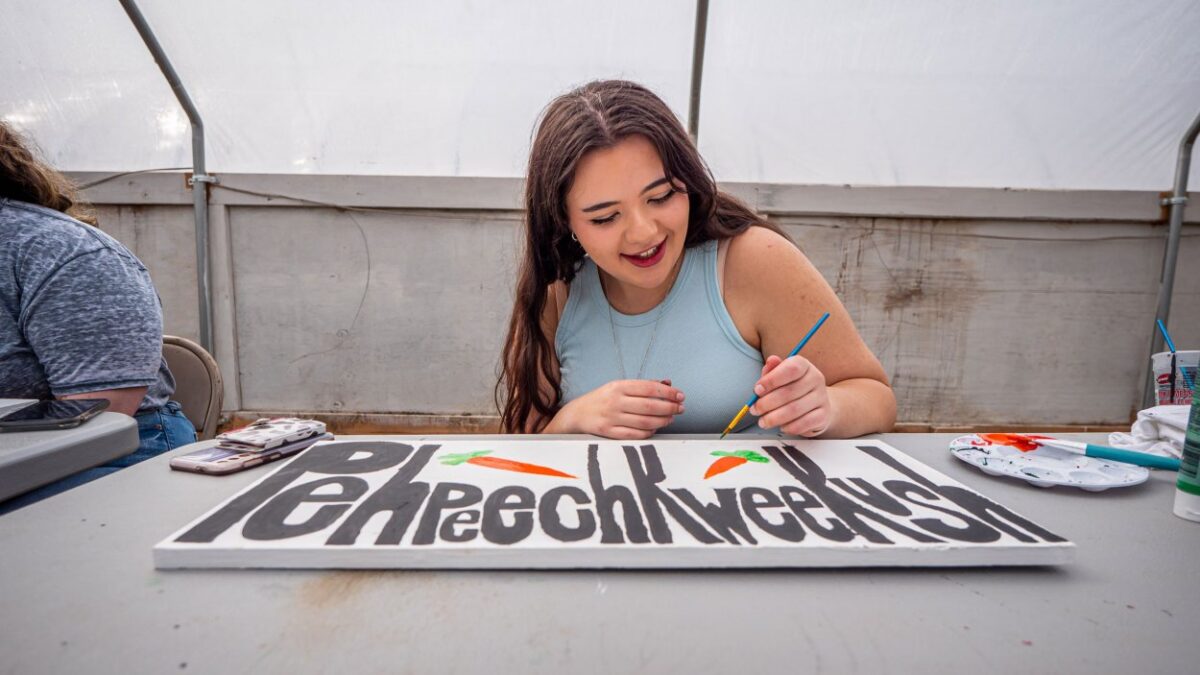
April 5, 2023
New minor in Native American and Indigenous Studies finds strength in partnerships with New Jersey tribal communities
Posted in: Homepage News, Humanities and Social Sciences
 Farrah Fornarotto, a junior majoring in Anthropology, with minors in Archaeology and Native American and Indigenous Studies, paints a garden sign with the Munsee language word for carrot.
Farrah Fornarotto, a junior majoring in Anthropology, with minors in Archaeology and Native American and Indigenous Studies, paints a garden sign with the Munsee language word for carrot.
A month ago, with fields on the Munsee Three Sisters Medicinal Farm empty and snow-covered, a group of Montclair State University students and their professors began the work of getting the farm ready for spring. Hand painting garden signs, they joined efforts to advance Indigenous food sovereignty, and – in writing on those signs “pehpeechkweekush” for “carrot” and other crops in the Munsee language – they were also planting seeds to help revive a Native American language.
“It’s definitely a great place to start, but hopefully it’s not where we stop,” says Farrah Fornarotto, a junior majoring in Anthropology, with minors in Archaeology and the new Native American and Indigenous Studies. “There’s a lot to tackle.”
The challenges date back decades. Munsee Three Sisters Farm provides traditional food for the Turtle Clan of the Ramapough Lunaape (Lenape) Nation, a tribe that can no longer safely farm its own land in Upper Ringwood, New Jersey. Environmental and health issues caused by industrial dumping have led to a generational decline in the Turtle Clan members’ ability to practice their culture, including the Munsee language, which is at risk of becoming as dormant as the winter fields.
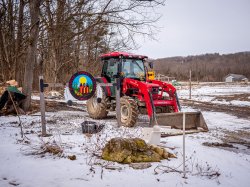 An intensive, field-based partnership with the Turtle Clan Ramapough includes work at the Munsee Three Sisters Farm, where Montclair students and professors are helping the tribe’s Indigenous food sovereignty and language revitalization efforts….
An intensive, field-based partnership with the Turtle Clan Ramapough includes work at the Munsee Three Sisters Farm, where Montclair students and professors are helping the tribe’s Indigenous food sovereignty and language revitalization efforts….
Continue reading